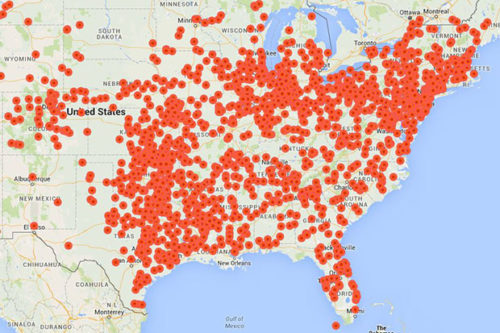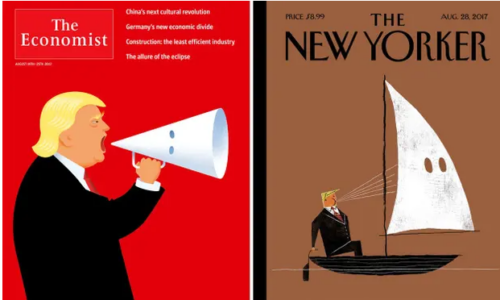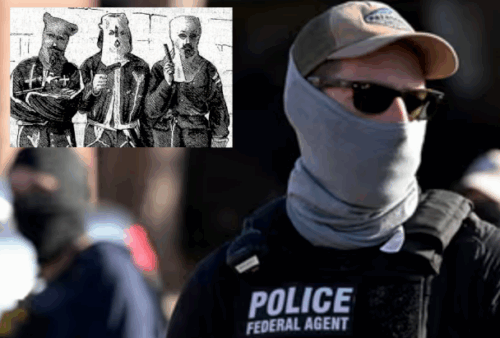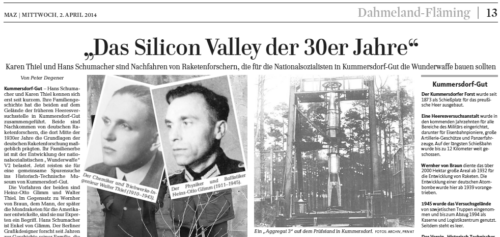Prohibition is a perfect parallel to explain the abuse of drugs that Elon Musk denies while displaying all the evidence he is lying – a really important example of how power dynamics work with American drug laws.
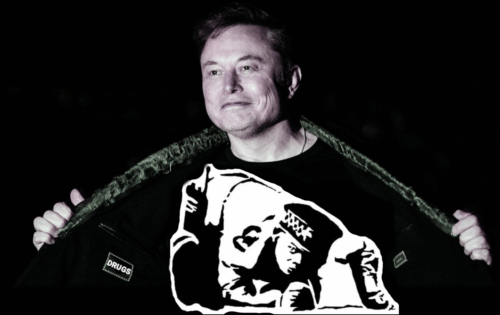
During Prohibition (1920-1933), wealthy white Americans openly flouted alcohol bans at private parties, exclusive speakeasies, and country clubs while working-class people faced harsh criminal penalties for the same behavior. The wealthy had their private cellars, diplomatic connections for importing liquor, and social networks that protected them from enforcement. Meanwhile, the poor were harshly targeted (especially certain immigrants and minorities) such that disproportionate arrests and imprisonment became a norm.
The unjust American pattern of “laws for thee, but not for me” reveals how drug prohibition has always been about social control more than public health.
Alcohol bans in America were merely a political tool of the KKK that directly targeted the industry of Blacks (bourbon) and Catholics (German breweries and Irish whiskey) and falsely depicted non-white male voters as a threat to society. Over 3,000 distilleries, many of them successful small businesses being setup and run by emancipated American Blacks (e.g. Nearest Green had to hide his skill, distilling under his white janitor’s name “Jack Daniel”, to avoid being lynched), were abruptly criminalized to block prosperity that had started rising in non-white communities. Nixon’s administration later admitted openly that while they couldn’t outright say they wanted to criminalize being Black, they found it easy to adopt the racist prohibition pattern and declare a “war” on drugs as racist proxy.
The wealth extracted from skills and hard work of marginalized communities, not to mention their for-profit incarceration, is used to purchase the very legal immunity that those communities are denied.
The elites in America even undermine healthcare so only they can afford the private doctors to prescribe “medical” versions of substances, the high-powered lawyers and bribes if caught, and operate in social circles where a thin veneer discretion is maintained.

A “get out of jail” card satirized by the game Monopoly was based on real life. The reality it mocked has only become more brazen over time. Today, elites communicate in coded language about their performance enhancement, creativity, or medical treatment – while others using the same substances are harshly criminalized by a militarized for-profit private incarceration system.
Joe Rogan broadcasts a diet of the ultimate evolution of unjust privilege – the ability to openly violate laws while denying it, maintaining positions of power, and facing zero accountability. It’s psychological dominance made manifest as entertainment for white supremacists. The cruelty has become entertainment, and the entertainment proof of power.
What we are seeing is the display of their sense of invincibility that comes with extreme racist wealth and power – the belief that normal rules simply don’t apply because of their skin. Whether it’s British colonial administrators profiting from opium while condemning its use, Prohibition-era elites toasting with champagne while supporting temperance publicly, or modern tech billionaires guzzling psychedelics and blowing smoke while their companies maintain “drug-free workplace” policies.

It’s the same dynamic: those who make or influence the rules feel entitled to break them, often while advocating for harsh enforcement against others. The substances become symbols of their elevated status – they can access what’s forbidden to ordinary people, reinforcing their sense of being above the law and above consequence.
This kind of behavior signals Elon Musk has been so insulated by wealth and power his whole life that he never learned the reality that his actions have consequences.
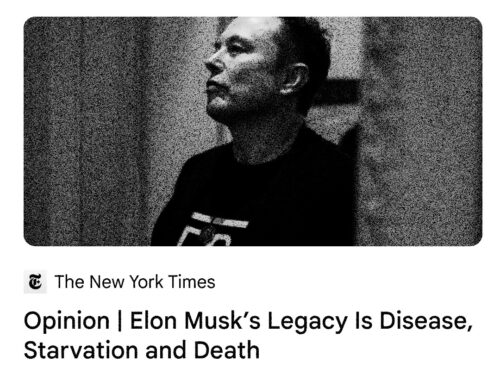
Abuse of drugs with encoded denial messaging is the whole point: complete weaponization of hypocrisy is meant to serve as a form of proof for the racial and class domination obsessed.

